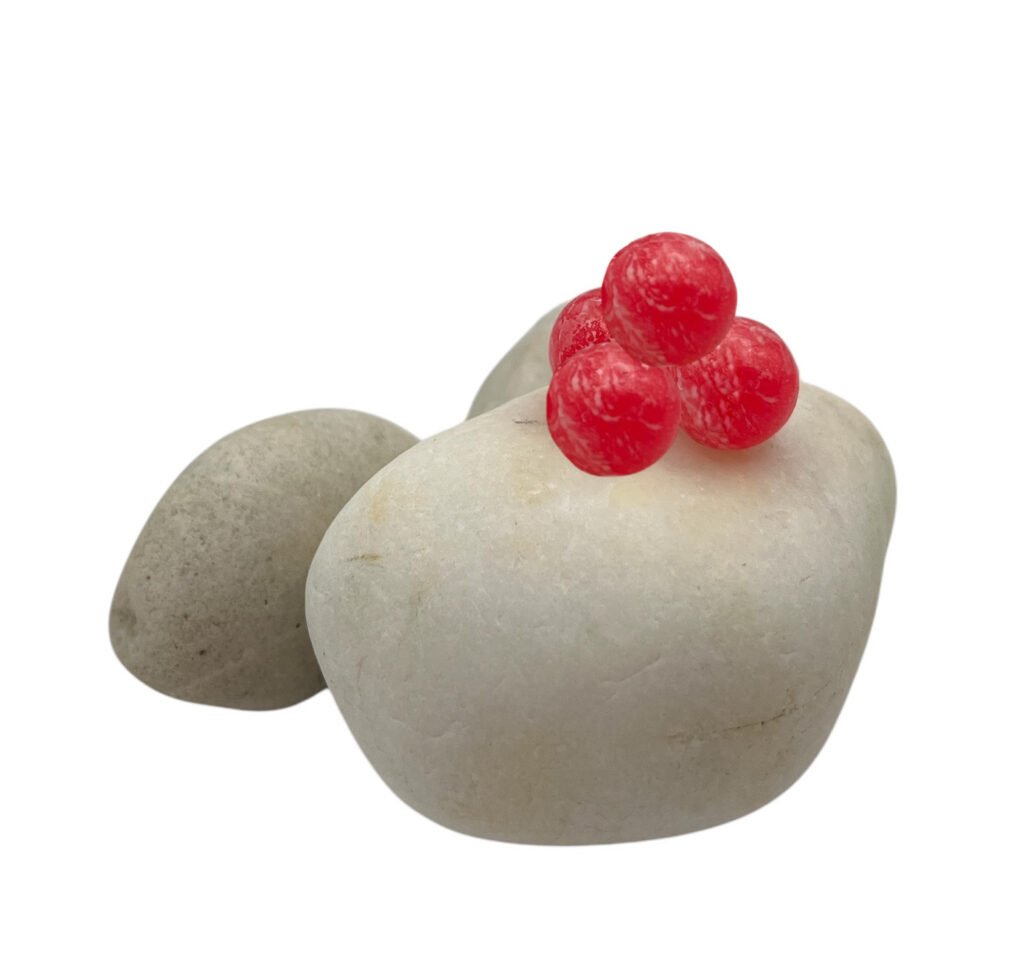Mottled Beads: The Secret Weapon for Successful Fishing
The fishing world has long recognized mottled beads as a game-changing innovation in angling success. These specially designed soft beads have revolutionized how anglers approach both freshwater and saltwater fishing. Let’s dive deep into why the mottled effect works so effectively and how you can leverage it for better catches.

Understanding the Science Behind Mottled Beads
Nature rarely presents perfect, uniform colours. Instead, fish are accustomed to seeing varied patterns and hues in their prey. Consequently, mottled beads excel at mimicking natural food sources through their distinctive colour variations.
The mottling process creates subtle colour transitions across the bead’s surface. These variations closely replicate the natural markings found on:
- Fish eggs
- Small baitfish
- Aquatic insects
- Natural prey items
How Mottled Beads Trigger Predatory Response
The irregular patterns on mottled beads create a powerful visual stimulus underwater. Fish instinctively respond to these natural-looking variations. Their predatory instincts kick in when they spot what appears to be vulnerable prey.
Moreover, the soft composition of mottled beads adds another dimension of realism. When fish strike, the beads compress naturally. This tactile feedback encourages fish to hold on longer, giving anglers more time to set the hook.
The Advantages of Mottled Patterns in Different Conditions
Light penetration plays a crucial role in fishing success. Fortunately, mottled beads perform exceptionally well in various lighting conditions. The varied colouration helps maintain visibility even in challenging situations.
Performance in Clear Water
In clear water conditions, mottled beads truly shine. The subtle colour transitions create a more natural presentation than solid-coloured alternatives. Additionally, the varied patterns help break up the bead’s silhouette, making it appear more organic to suspicious fish.
Effectiveness in Stained Water
When fishing in stained or murky water, mottled beads continue to prove their worth. The contrasting colours help maintain visibility while still appearing natural. Furthermore, the pattern variations create additional visual interest that can attract fish from greater distances.
Selecting the Right Mottled Beads
Choosing the appropriate beads requires consideration of several factors. Understanding these elements will help optimize your fishing success:
Size Selection
Match your mottled beads to the natural prey in your fishing area. Consider these guidelines:
- Small beads (6-8mm) for brook trout and rainbow trout
- Medium beads (8-10mm) for steelhead and Pacific salmon
- Larger beads (10-12mm) for northern pike and lake trout
Colour Combinations
Successful mottled bead patterns often incorporate these proven colour combinations:
- Orange and pink for salmon eggs
- Brown and olive for aquatic insects
- Blue and pearl for baitfish imitations
- Natural and fluorescent blends for varying conditions
Check out BeadnFloat’s line of mottled beads:

Rigging Techniques
Proper rigging maximizes the effectiveness of mottled beads. The soft composition requires specific considerations for optimal presentation.
Basic Rigging Method
Thread your line through the bead carefully to avoid tearing. Position the bead approximately 18-24 inches above your hook. This distance allows for natural drift while maintaining control over your presentation.
Advanced Setups
For more specialized applications, consider these rigging variations:
- Double bead rigs for increased visibility
- Pegged setups for precise depth control
- Sliding bead configurations for versatility
Check out the beads in action:
Seasonal Patterns and Mottled Bead Selection
Different seasons call for different approaches with mottled beads. Understanding seasonal patterns helps maximize their effectiveness:
Spring:
- Use brighter patterns during ice-out
- Focus on smaller sizes as water temperatures rise
Summer:
- Select natural colours for clear water conditions
- Experiment with darker patterns during low light periods
Fall:
- Match spawning colours of Pacific salmon
- Increase bead size to match available forage
Winter:
- Choose subtle patterns for ice fishing
- Downsize presentations for slower metabolism periods

Maintenance and Storage
Proper care extends the life of your beads. Store them in cool, dry conditions away from direct sunlight. Additionally, inspect beads regularly for damage and replace them when showing signs of wear.
The effectiveness of this effect stems from their ability to mimic natural prey convincingly. Their varied patterns, soft composition, and versatile application make them an essential tool for modern anglers. By understanding how and why these beads work, you can significantly improve your fishing success across different conditions and seasons.
Remember that successful fishing with mottled beads requires attention to detail and constant adaptation to changing conditions. Keep experimenting with different patterns and presentations until you find what works best in your local waters.



Add comment